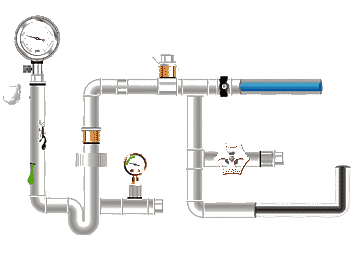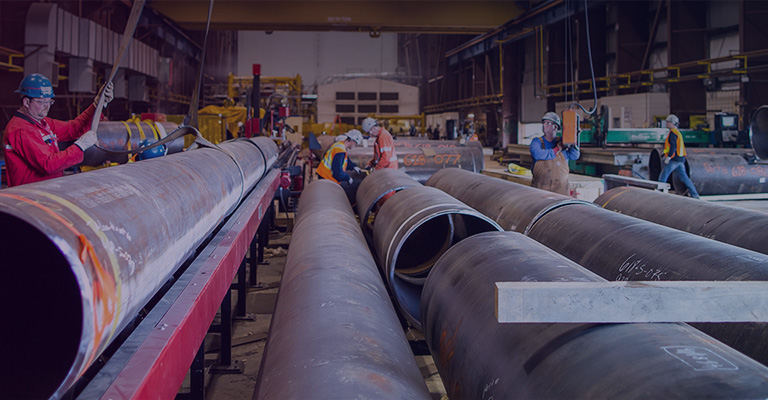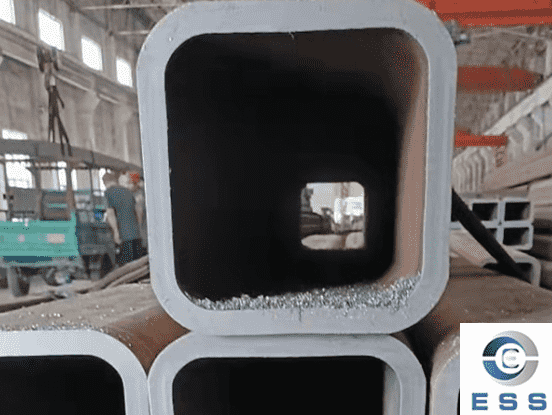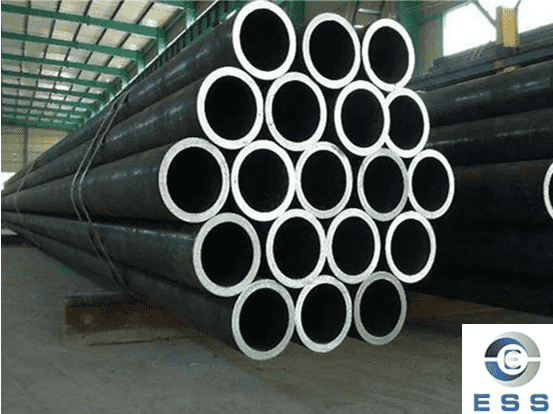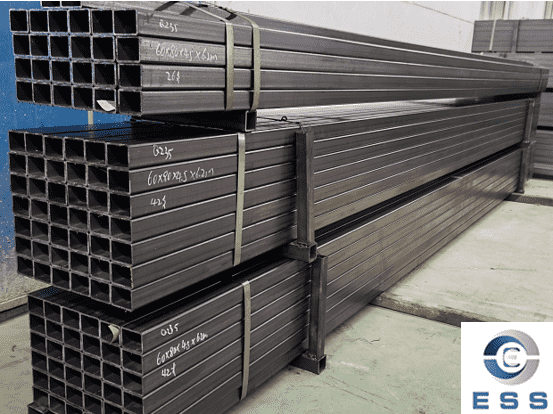OCTG pipe is a
special oil pipe, which refer to a type of steel pipes specially used for oil
and natural gas extraction. Most of them are seamless
pipes, but welded
pipes also account for a considerable proportion. Different OCTG pipes
often use different manufacturing processes, so what are the main types of
processes? What is the main process?
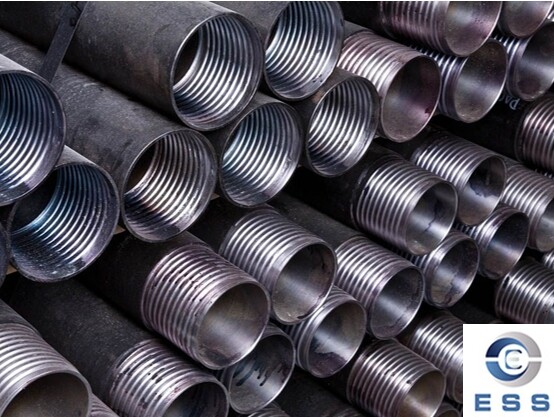
The manufacturing process of OCTG pipes
mainly includes the following:
1. Mandrel continuous rolling process
Applicable to pipes with an outer diameter
of 21-178 mm, manufactured by mandrel continuous rolling and jacking process.
2. Mandrel tube mill rolling
Applicable to pipes with an outer diameter
of 140-406 mm, rolled by mandrel tube mill.
3. Oblique rolling piercing and pilger
rolling
Applicable to pipes with an outer diameter
of 250-660 mm, manufactured by oblique rolling piercing and pilger rolling.
These processes usually do not allow the
use of deformation heat treatment processes commonly used for plate and strip
products for welded pipes, so high-strength seamless pipes must be produced by
increasing the alloy content and combining appropriate heat treatment processes
(such as quenching and tempering).
The procedures of OCTG pipes mainly
includes the following steps:
1. Raw material preparation
First, select the appropriate raw material,
usually steel. According to the size and purpose of the pipe, select the
appropriate steel grade and specification.
2. Hot rolling
The raw material is heated to a high
temperature and then hot rolled through a rolling mill to form a preliminary
tube billet. This step mainly deforms the steel through the hot rolling process
to achieve the desired shape and size.
3. Cold drawing
The hot-rolled tube billet is cold-drawn,
and the diameter of the tube billet is gradually reduced through the die to
improve its dimensional accuracy and surface quality. During the cold drawing
process, the tube billet undergoes multiple stretching and compression to
finally reach the desired size and shape.
4. Heat treatment
The cold-drawn tube is heat-treated,
usually including steps such as quenching and tempering. Heat treatment can
improve the mechanical properties and corrosion resistance of the pipe,
ensuring that it has better strength and toughness during use.
5. Inspection
The heat-treated pipe is strictly
inspected, including appearance inspection, dimension measurement, mechanical
property test, etc. Ensure that the pipe meets the design requirements and
standard specifications.
6. Coating treatment
As needed, the pipe is coated to improve
its corrosion resistance and service life. Common coating materials include
anti-corrosion coatings, lubricants, etc.
7. Packaging and delivery
Finally, the qualified pipes are packaged
and shipped according to customer requirements. Packaging usually includes
moisture-proof and shock-proof measures to ensure that the pipe is not damaged
during transportation.
Differences in procedures of different types of OCTG pipes:
1. Drill
pipe
Mainly used to drive the drill bit to
rotate and circulate drilling fluid, and withstand high torque and axial
tension. Its process includes hot rolling, cold drawing, heat treatment and
other steps to ensure that it has high strength and corrosion resistance.
2. Casing pipe
Used to support the well wall and withstand
axial tension and internal pressure. Its process is similar to that of drill
pipe, but additional anti-corrosion treatment may be required to adapt to the
harsh environment of the well.
3. Oil pipe
Used to transport oil or natural gas, its
process is similar to that of drill pipe and casing pipe, but it may pay more
attention to the smoothness and corrosion resistance of the inner wall.
Summary
The differences in the manufacturing process of different types of
OCTG pipes mostly depend on the selection and treatment of materials, and these
process flows ensure that OCTG pipes have excellent performance and reliability
in oil and gas extraction, meeting the needs of various complex working
conditions.
Read more: Dimension of OCTG Pipe









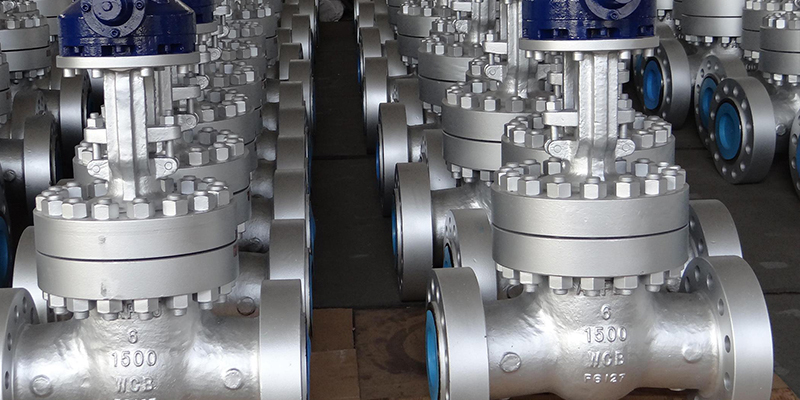
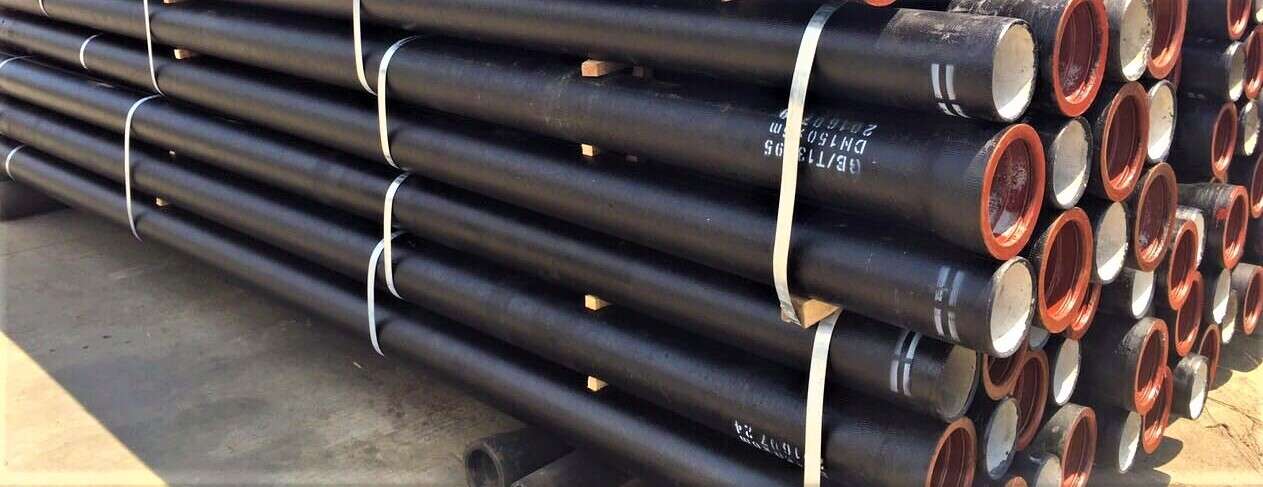


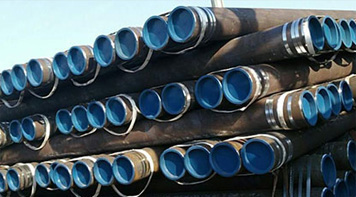 Eastern Steel Manufacturing Co.,Ltd not only improve product production and sales services, but also provide additional value-added services. As long as you need, we can complete your specific needs together.
Eastern Steel Manufacturing Co.,Ltd not only improve product production and sales services, but also provide additional value-added services. As long as you need, we can complete your specific needs together.
